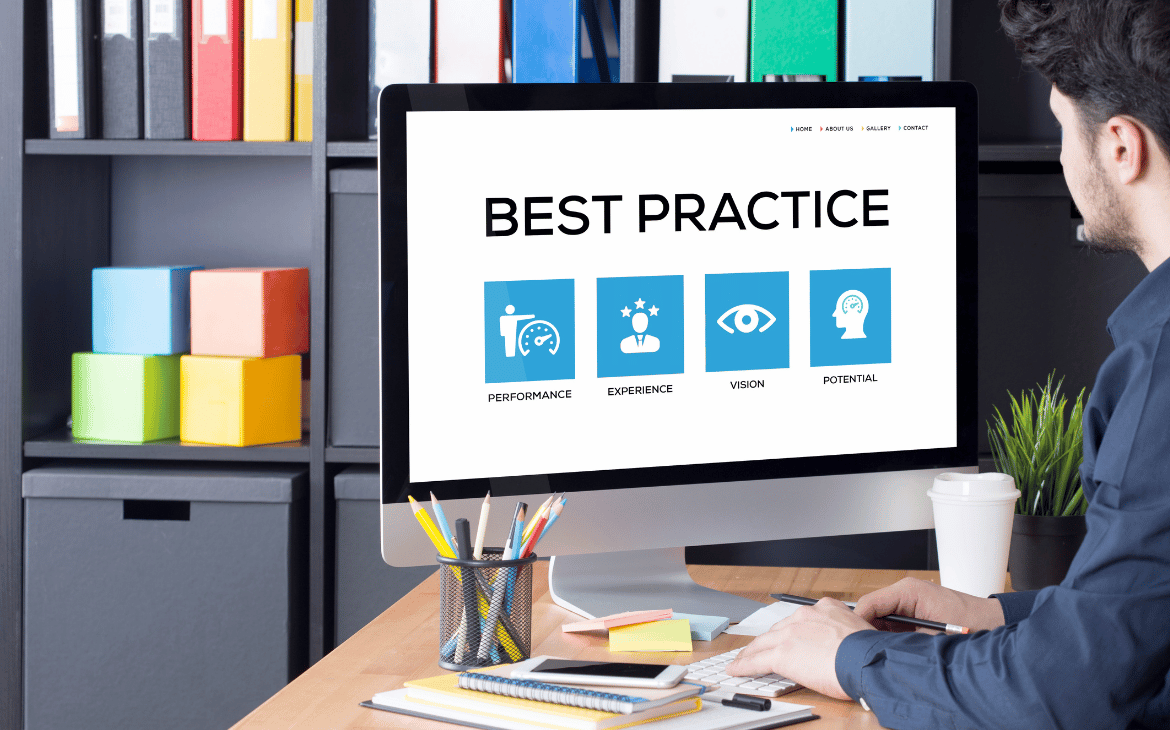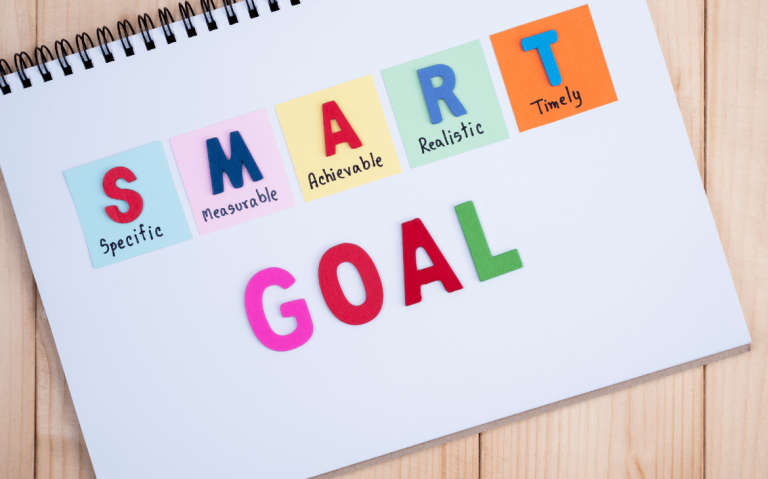In today’s digital world, accessibility is no longer an option—it’s a necessity. Inclusive design ensures that digital experiences are accessible to all users, including those with disabilities. By prioritizing accessibility, businesses not only meet legal requirements but also create more meaningful interactions that improve user engagement and satisfaction. This article explores the importance of inclusive design and best practices for creating accessible digital experiences.
What is Inclusive Design?
Inclusive design is a design philosophy that aims to create digital products and experiences that are usable by as many people as possible, regardless of their abilities or disabilities. Unlike traditional accessibility, which often involves retrofitting solutions for disabled users, inclusive design proactively considers diverse needs from the beginning of the design process.
Why Inclusive Design Matters
1. Expands Audience Reach
An accessible website or app opens the door to a wider audience, including people with visual, auditory, cognitive, or motor impairments. By making your digital presence more inclusive, you ensure that no potential customer is excluded.
2. Enhances User Experience for Everyone
Designing for accessibility improves usability for all users. For instance, captions on videos benefit not just the hearing impaired but also users watching in noisy environments. Similarly, clear navigation and readable fonts improve the experience for people of all abilities.
3. Legal and Ethical Responsibility
Many countries have laws mandating digital accessibility, such as the Americans with Disabilities Act (ADA) and the Web Content Accessibility Guidelines (WCAG). Failure to comply with these regulations can lead to legal issues and reputational damage.
4. Boosts SEO and Performance
Search engines favor accessible websites. Features like alt text for images, structured headings, and fast-loading pages enhance SEO, improving your website’s visibility in search results.
Best Practices for Inclusive Design
1. Use Clear and Readable Typography
Choose fonts that are easy to read, with sufficient contrast against the background. Avoid overly decorative fonts and ensure text is large enough for readability. Adjustable text size options also help users with visual impairments.
2. Provide Alternative Text for Images
Alt text describes images for screen reader users. This helps visually impaired users understand the content and also benefits SEO by giving search engines more context about your visuals.
3. Ensure Keyboard Navigability
Many users rely on keyboards instead of a mouse to navigate websites. Make sure your site is fully functional using only the keyboard by enabling tab navigation, proper focus states, and logical content flow.
4. Use Descriptive Links and Buttons
Avoid vague text like “Click here” or “Read more.” Instead, use descriptive links such as “Download our accessibility guide” to provide clear context to users, including those using screen readers.
5. Provide Captions and Transcripts for Multimedia
Videos should include captions for users with hearing impairments. Providing transcripts for podcasts or audio content ensures accessibility for all.
6. Design for Color Blindness
Use color contrast ratios that make content readable for users with color vision deficiencies. Avoid using color as the sole way to convey information—use text labels or patterns instead.
7. Implement Responsive Design
Ensure that your website or app is responsive across different devices and screen sizes. Users should have a seamless experience whether they are using a desktop, tablet, or mobile phone.
Conclusion
Inclusive design is essential for creating digital experiences that serve all users effectively. By following best practices for accessibility, businesses can foster inclusivity, improve user engagement, and comply with legal requirements. Investing in accessibility benefits everyone—ensuring that digital experiences are welcoming, usable, and future-proof.





